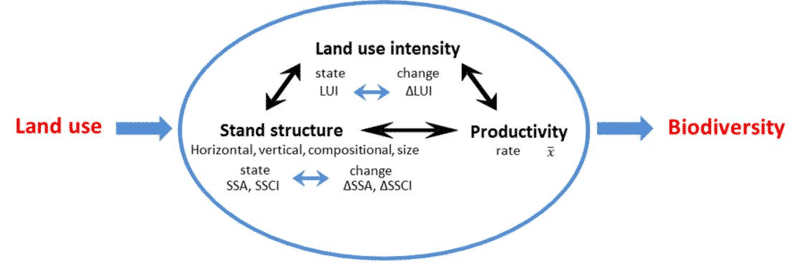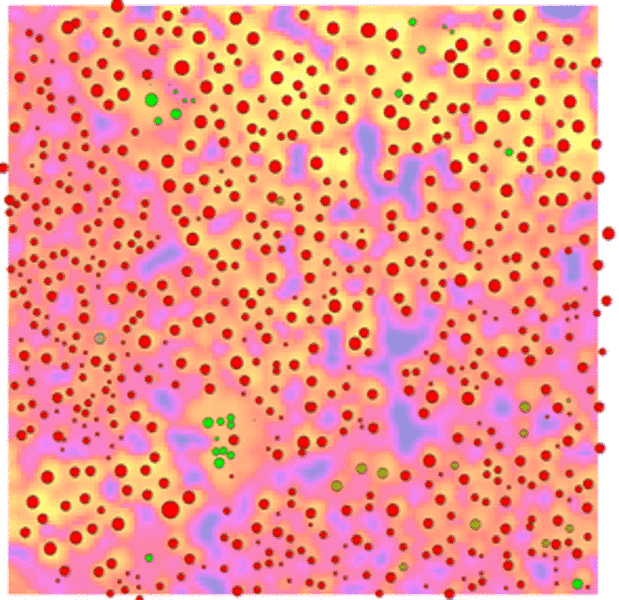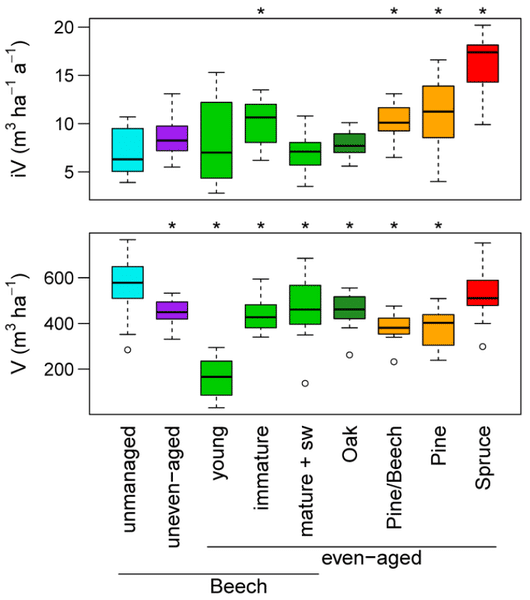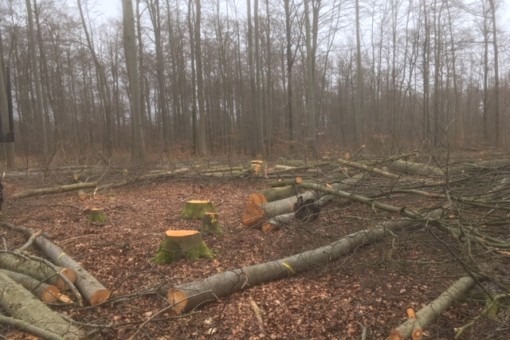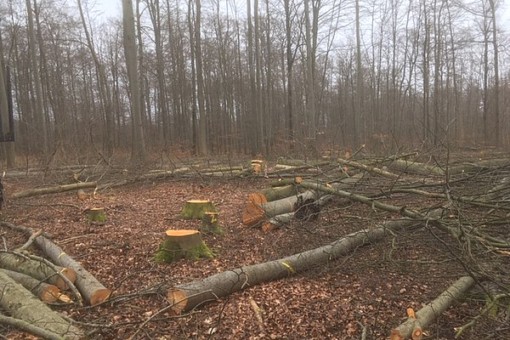Forest structure: Properties, structure and management of the forest experimental plots
Forests are characterized by a highly variable compositional and spatial structure being extremely important for various ecological processes and availability of resources and habitats. However, the specific structure of a forest stand is changed by stand development due to tree growth, ageing and competition, disturbances, and by forest management. Silvicultural interventions may do both, homogenize or diversify stand structure. Therefore, the assessment of stand structure and its quantitative description are crucial for understanding the impact of forest management on biodiversity and ecosystem functioning.
The forests of the exploratories differ in respect to regeneration method employed, tree species mixture, developmental phase, age structure, layering and patchiness. The managed forests of the exploratories cover the entire spectrum from planted, even-aged, single-layered, monoculture stands of conifers (spruce or pine) via naturally regenerated, even-aged, single or double layered monoculture stands of broadleaves (beech or oak) of various developmental phases to even-aged man-made mixed forests and uneven-aged beech forests. Additionally, pure and mixed forests dominated by European beech which have been unmanaged since some decades are studied.
Within the framework of the exploratories, this project serves to provide quantitative data for all experimental plots on 1) attributes of forest structure, 2) changes in attributes of forest structure due to forest management and natural processes, 3) stand development and productivity, and 4) type and magnitude of forest management interventions. This information may serve as explanatory variables for all teams working on functional biodiversity at the level of specific species, functional groups or multidiversity.
Additionally, we will further develop existing approaches of quantifying forest management intensity in order to analyse the relationship between forest structure and land use intensity.
Attributes of forest structure of the experimental plots will be quantified based on the initial forest inventory conducted in the 2nd and 3rd phase of the exploratories (78234 trees surveyed) and a repeated inventory (this phase), data from airborne laserscanning conducted in the 2nd phase of the exploratories, and unique data from terrestrial laser-scanning (this phase of the exploratories).
The repeated forest inventory six years after the initial survey will allow analysing changes in stand structure, to determine forest productivity and to assess forest development.
We will use the information of the continuous land use monitoring, especially the amount of harvested wood by thinnings and final cuttings, to asses type and magnitude of forest management at the stand scale.
In the 4th phase, 2014 – 2017 we:
- completed and processed the initial large trees inventory (2nd and 3rd phase)
- contrasted terrestrial and airborne data
- conducted the repeated large trees inventory (70453 trees)
- inventoried small trees (dbh < 7 cm, 97177 trees)
- monitored browsing damage (14990 trees)
- provided data on forest characteristics, stand structure and land use intensity
- quantified forest growth, tree harvests and other causes of tree mortality
- prepared a synthesis paper on the impact of even- aged and uneven-aged forest management on regional biodiversity in European beech forests
